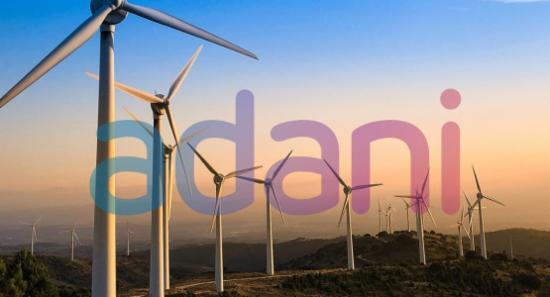.webp)

World’s largest active volcano is erupting
(CNN) - The world’s largest active volcano, Mauna Loa in Hawaii, is erupting for the first time in nearly 40 years.
Though lava is flowing down one side of the volcano, the eruption in Hawaii Volcanoes National Park is not threatening communities, the US Geological Survey said midday Monday.
“All indications are that the eruption will remain in the Northeast Rift Zone,” the agency said in an advisory, referring to an area where a volcano is splitting, allowing for lava flow. “Volcanic gas and possibly fine ash and Pele’s Hair (strands of lava glass) may be carried downwind.”
A “trace to less than one-quarter inch” of ashfall could accumulate on parts of the island, the National Weather Service in Honolulu said.
“Passengers with flights to Hilo International Airport (ITO) or the Ellison Onizuka Kona International Airport at Keahole (KOA) should check with their airline before heading to the airport due to the volcanic activity at Mauna Loa,” according to an advisory by the state Transportation Department.
Southwest Airlines is not operating from Hilo International Monday because of the eruption, the airline announced.
It has cancelled five flights to and from Honolulu, Southwest said.
The US Federal Aviation Administration is “closely monitoring the volcanic eruption and will issue air traffic advisories once the size of the ash cloud is determined,” it said in a statement.
Reports of lava overflowing into the southwest portion of the volcano’s caldera, or crater, have come into the Hawaii Volcano Observatory, the Hawaii Emergency Management Agency tweeted late Monday morning.
There is no indication of a threat to nearby communities, and no evacuation orders have been issued, the agency tweeted. As a precaution, two shelters have opened, even as “roughly half” of recorded Mauna Loa eruptions remained in the summit area without threatening populated areas, according to another agency tweet.
Ashfall can damage vehicles and buildings, contaminate water supplies, disrupt sewage and electrical systems, and damage or kill vegetation, the weather service says, while abrasive volcanic ash can irritate eyes and lungs.
The observatory said earlier that lava flows do not threaten downslope communities.
At about 4,000 square miles, Hawaii, or the Big Island, is the largest in size of the Hawaiian chain but has a population of just over 200,000 people, according to the US Census Bureau, or fewer than 50 people per square mile. Most of the population is in cities and communities around the coast.
Red hues from the eruption illuminated Monday’s predawn sky, according to footage captured at the Kailua Bay & Pier by Matthew Liano, a resident of Kailua-Kona, along the Big Island’s west coast.
The eruption began in Moku’āweoweo, the summit caldera of Mauna Loa, on Sunday around 11:30 p.m. HST (4:30 a.m. ET Monday), according to the observatory.
Nearby Kilauea volcano erupting since 2021
Mauna Loa, which covers half the island of Hawaii, has erupted 33 times since 1843, the volcano’s first “well-documented historical eruption,” according to the US Geological Survey. It last erupted in 1984, making this prolonged quiet period the volcano’s longest in recorded history.
Mauna Loa’s summit crater sits about 21 miles west of Kilauea, a smaller volcano that has been erupting since 2021. Their simultaneous eruptions have created a rare dual-eruption event, according to the park.
Kilauea’s eruption is currently confined to its crater. When Kilauea erupted for months in 2018, it spewed lava into the Leilani Estates neighbourhood, destroying more than 700 homes and displacing residents.
Mauna Loa has been in a heightened state of unrest, per the agency, which pointed in an update late last month to elevated seismic activity and increased earthquake rates.
Earthquake activity increased from five to 10 earthquakes a day since June 2022 to some 10 to 20 earthquakes a day in July and August, according to the US Geological Survey. Peak numbers of more than 100 earthquakes a day were recorded on September 23 and September 29, CNN has reported.
The increased activity prompted Hawaii Volcanoes National Park in October to close the Mauna Loa summit to all backcountry hikers until further notice, though the US National Park Service said the main section of the park has remained open.
Other Articles
Featured News





.png )
-788103_550x300.jpg)








-785316_550x300.jpg)











.webp)






